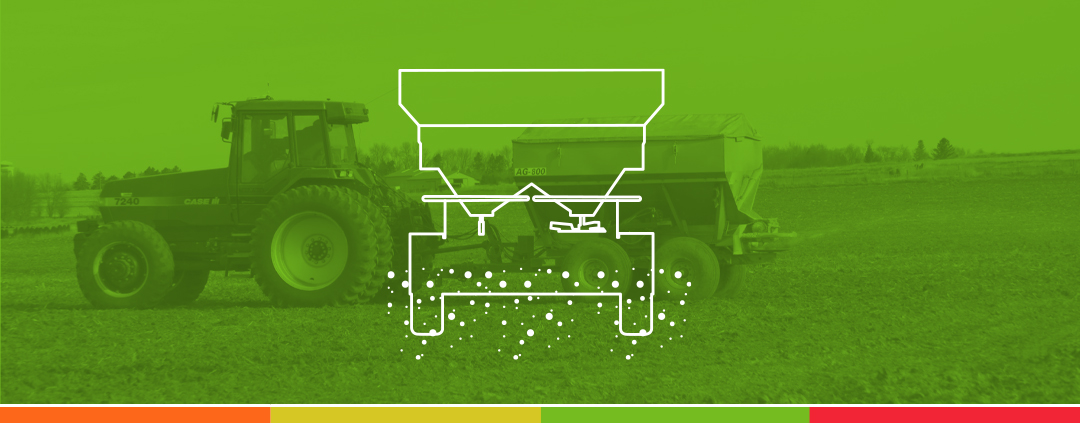by bburgeson
Share

When it comes to farming, there are pros & cons to everything you do in your operation. It is important that you run trials and learn from previous experiences to understand what works best for you. Deciding how you want to deal with your fertility management is a big step heading into the next season and building for the future. Fertilizing your ground is expensive so spending those dollars wisely will allow you to save money, plus spend money where you need it.
STAY IN THE LOOP

